Consider the following infrastructure sectors: ...Read more
Consider the following infrastructure sectors: [2023]
1. Affordable housing
2. Mass rapid transport
3. Health care
4. Renewable energy
On how many of the above does UNOPS Sustainable Investments in Infrastructure and Innovation (S3i) initiative focus for its investments?

The correct answer is Only three. The UNOPS Sustainable Investments in Infrastructure and Innovation (S3i) initiative focuses on the following sectors for its investments: Affordable housing: Yes, it is a focus area. Mass rapid transport: No, it is not mentioned as a focus area. Health care: Yes, itRead more
The correct answer is Only three. The UNOPS Sustainable Investments in Infrastructure and Innovation (S3i) initiative focuses on the following sectors for its investments:
Therefore, only three of the mentioned sectors are focused on by the S3i initiative.
See less